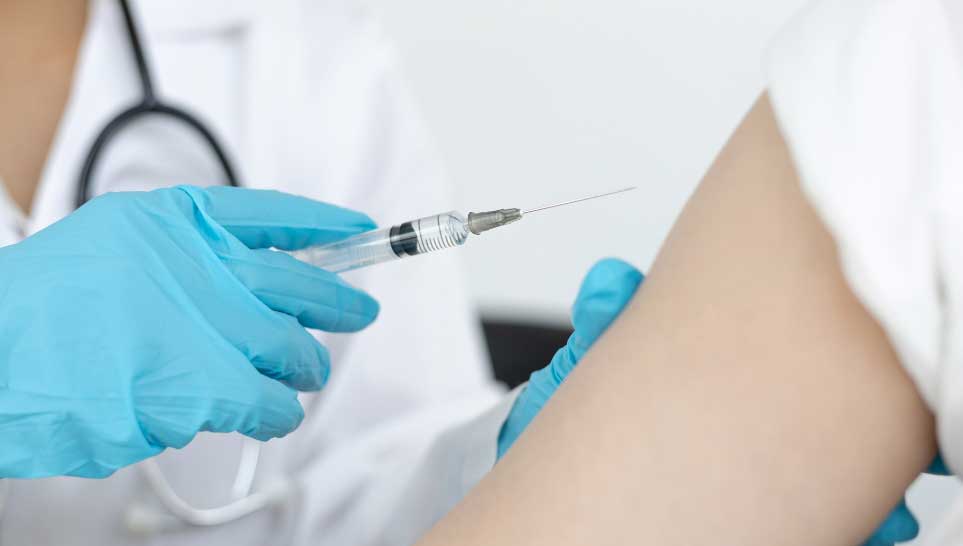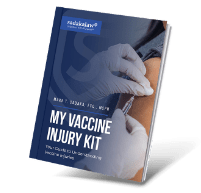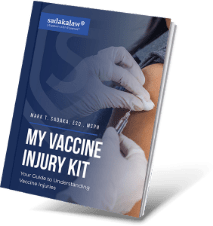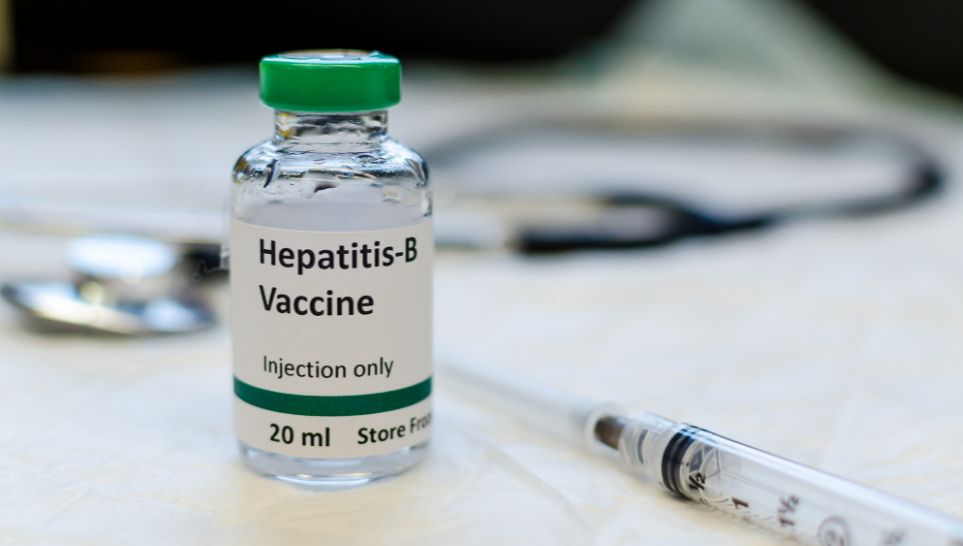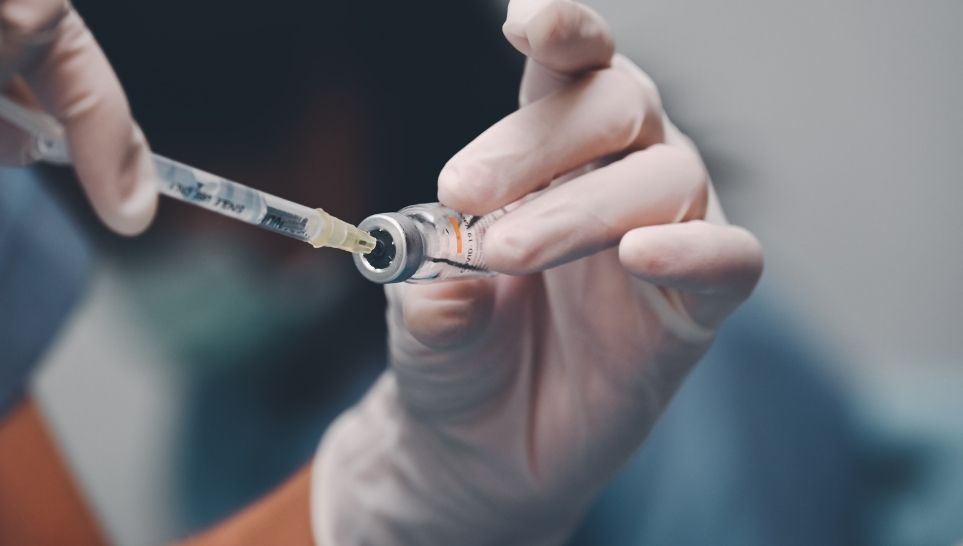When you schedule a vaccine appointment, you do so with the intention of protecting yourself from severe illnesses. You never expect to walk away from your influenza virus vaccine or MMR vaccine appointment with a serious injection site reaction.
Injection site reactions are somewhat common after various shots, such as the chickenpox vaccine, polio vaccine, and flu vaccine. But in some cases, lumps at the injection site could indicate severe allergic reactions.
So is it normal to have a lump after a vaccine? Read on to find out more and determine if you need assistance from our Vaccine Injury Attorneys at Sadaka Law.
Is Developing a Lump After a Vaccine Normal?
An injection site reaction, such as a lump, is a common response from your immune system after receiving a vaccination treatment. Many people develop a small amount of swelling or redness as a natural response to the medicine entering the body.
However, some types of lumps from vaccination treatments are not normal. Abscesses and subcutaneous nodules, for example, can indicate an underlying issue that requires medical treatment to address.
If you’re wondering whether a lump you developed after an injection is normal, review the common causes of lumps below and consult your doctor.
Why Do Lumps Develop After Vaccines?
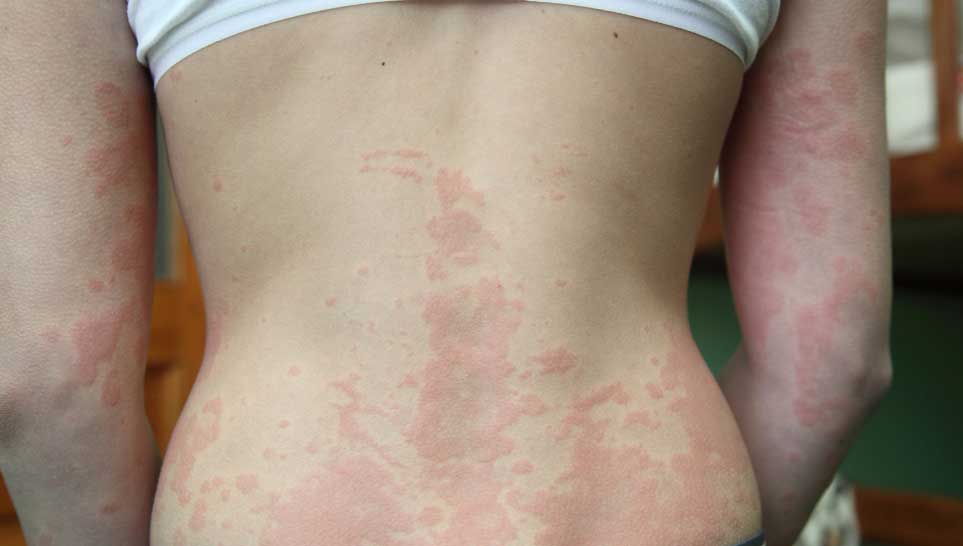
You may develop a lump after a vaccine treatment for a few reasons:
- As an immune response: A small amount of redness or swelling is a normal response from your immune system when you receive an injection. Mild fever and pain at the injection site may follow suit as your body fights the virus from the vaccination.
- As an allergic reaction: If you are allergic to any ingredients in the vaccine, you may experience an allergic reaction. Symptoms could include a large amount of swelling near the injection site, a vaccine rash, excessive redness, difficulty breathing, or even anaphylaxis.
- Due to swollen lymph nodes: Vaccines in the arm can sometimes cause the lymph nodes near the armpit to swell.
- From subcutaneous nodules: A subcutaneous nodule is a rare side effect of vaccines. Subcutaneous nodules are more common with injections containing aluminum.
- Due to infection: In rare cases, you may develop an infection from a vaccine, leading to an abscess under the skin.
What Vaccines Usually Cause Lumps?
Most vaccines cause some mild side effects in certain patients, such as a minor lump that goes away after a day or two. Short-term lumps sometimes occur after the following vaccines:
- Flu vaccine
- Rotavirus vaccine
- COVID-19 vaccine
- MMR vaccine
- DTaP vaccines (note: lumps do not affect the efficacy of future DTaP vaccines in most children)
Lumps are more common reactions for some vaccines than others. For instance, researchers have found that the monkeypox vaccine often produces a red bump at the injection site that lasts a few weeks.
How Long Should a Vaccine Lump Last?

A non-severe lump should begin to go away within 24 hours of the vaccine appointment. If the lump lasts longer than a few days, call your doctor to report your symptoms and receive further instructions.
Certain vaccines — such as the monkeypox vaccine mentioned above — more commonly lead to swelling and painless lumps. Review the vaccine information sheet from your healthcare provider’s office to understand the normal or common side effects of your vaccine.
Unless your doctor tells you otherwise, your lump should not last longer than a few days.
Can a Lump From a Vaccine Be a Serious Reaction?
In some cases, a lump could indicate a severe reaction to a vaccine.
If the lump is an abscess, failing to treat it adequately could lead the infection to spread throughout your body. You must visit a healthcare provider to drain the abscess. Avoid pressing on the lump, as doing so could spread the infected pus to other parts of the body.
Signs of an abscess include:
- A lump that oozes pus or any abnormal discharge
- A lump that continues to grow
Subcutaneous nodules can also be signs of serious reactions. These reactions can occur after any vaccine, but there is a higher risk in infants and children than in adults.
While nodules in children often do not produce symptoms and subside within 24 hours, when symptoms persist, they can indicate serious reactions. Symptoms associated with a persistent subcutaneous nodule include:
- Sore injection site
- A firm lump at the shot site
- Pruritus (itching) at the shot site
- Redness, rash, or erythema
- Side effects that develop after a second dose or a subsequent vaccination
Researchers have found that extremely rare causes of subcutaneous nodules lead to bumps and swelling that last for up to eight years in children.
Who Should Seek Medical Attention For a Lump From a Vaccine?

Minor reactions to vaccination treatments are usually not cause for concern. These side effects simply indicate that your body is working as it should to fight off the virus.
If you notice a painless lump and any of these minor side effects, you likely don’t need medical intervention:
- A mild fever (~99 degrees Fahrenheit)
- A mild pink rash
- A sore throat
- No or poor appetite
- A runny nose
- Muscle aches or joint pain
- A sore arm
In most cases, these minor effects go away within a day or two. If the lump is bothering you, you can put a band-aid over it to keep it clean.
If your lump is mushy, soft, painful, or excessively red, it could be an abscess. Look for these more severe reactions that could accompany your lump:
- A fever exceeding 100.4 degrees Fahrenheit
- Vomiting
- A rash all over the body
- Severe pain
- Blistering at the injection site
- Dizziness and lightheadedness
- Adverse symptoms that get worse over time
When a fever lasts longer than 24 hours, it could indicate an infection.
Contact Our Vaccine Injury Help Center
Developing a lump after a vaccine can be scary, but you don’t need to face it alone. Our personal injury lawyers can help you seek compensation. Contact Sadaka Law’s Vaccine Injury Lawyers today at 1-800-810-3457 to learn more.
